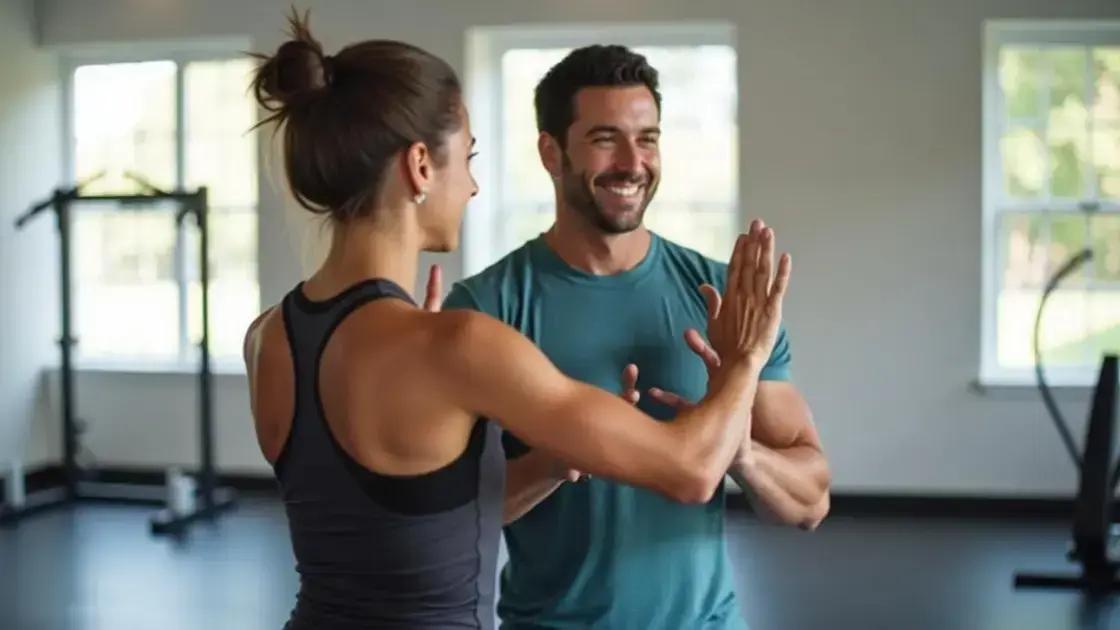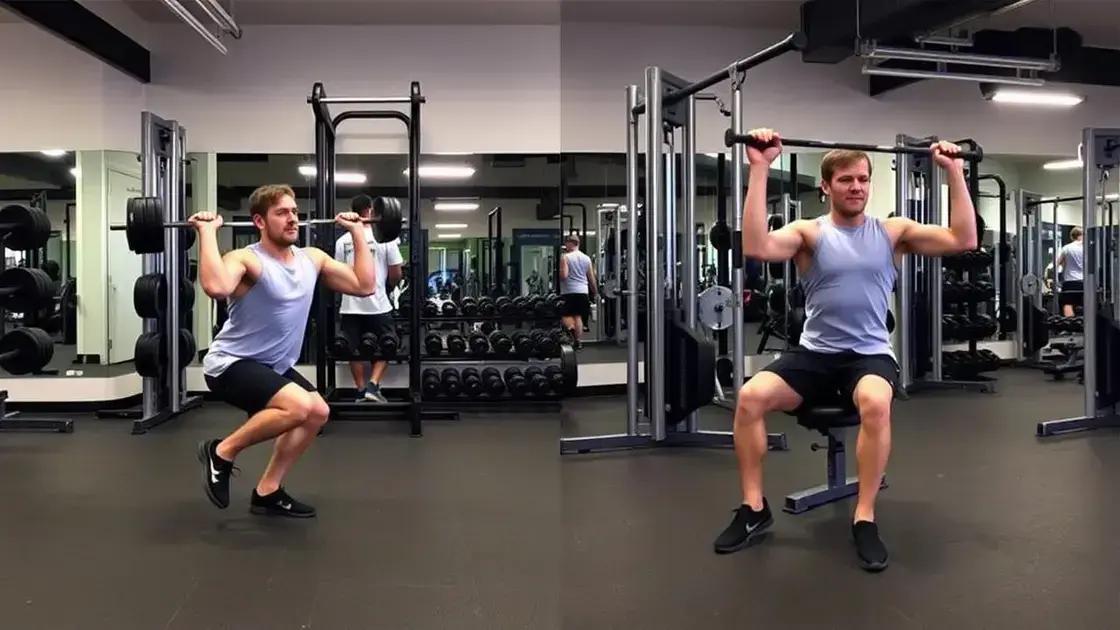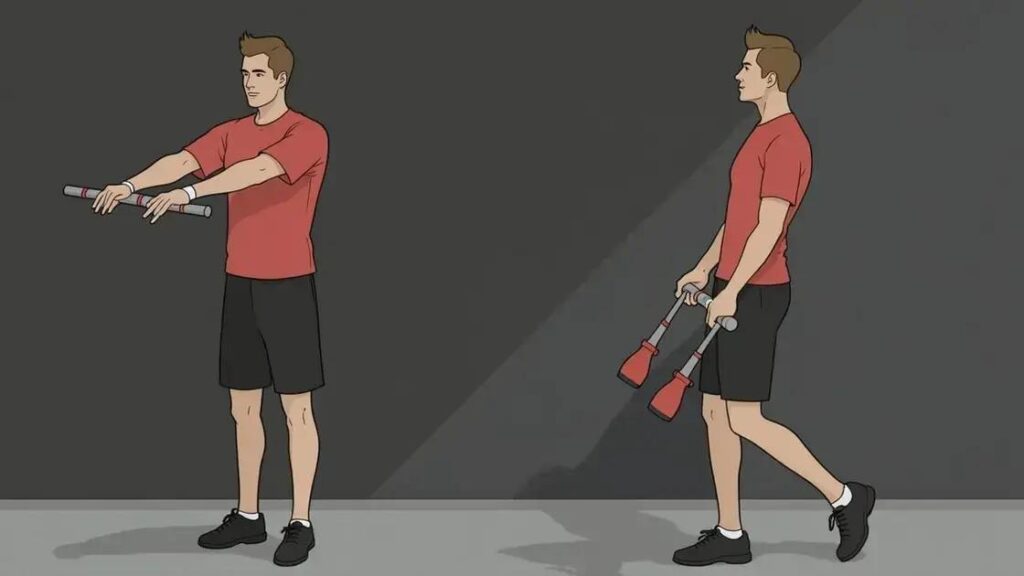Unilateral exercises play a crucial role in injury prevention by promoting muscle balance, improving joint stability, and enhancing proprioception. Incorporating these exercises into your routine can strengthen weaker muscles, mitigate injury risks, and boost overall athletic performance.
Unilateral exercises play a vital role in injury prevention, especially for athletes and fitness enthusiasts. By focusing on one side of the body at a time, these exercises help correct muscle imbalances, enhance stability, and reduce the risk of injuries. In this article, we will delve into the understanding of unilateral exercises, their benefits for injury prevention, practical ways to incorporate them into your routine, and common mistakes to avoid.
Understanding Unilateral Exercises

Unilateral exercises are workouts that focus on one side of the body at a time. This method can be very effective for building strength, improving balance, and correcting muscle imbalances. Unlike bilateral exercises that work both sides simultaneously, unilateral exercises allow for greater isolation of muscle groups.
Why Choose Unilateral Exercises?
Choosing unilateral exercises is important for athletes, as they help to improve stability and coordination. They allow each side of the body to work independently, which can reveal weaknesses or imbalances. For example, if one arm is significantly stronger than the other, performing unilateral exercises can help address this issue.
Types of Unilateral Exercises
There are various types of unilateral exercises that you can include in your workout routine. Some popular choices are:
- Single-arm dumbbell presses: Great for building shoulder strength.
- Single-leg squats: Excellent for improving leg strength and balance.
- Rotational lunges: Effective for engaging the core and improving stability.
Incorporating these exercises into your training not only enhances performance but also significantly reduces the risk of injuries during sports or physical activities.
Impact on Injury Prevention
Unilateral exercises are particularly beneficial for injury prevention because they strengthen stabilizing muscles and improve joint function. By training one side at a time, these exercises can help improve body awareness and control. This awareness reduces the chances of overcompensation when performing bilateral movements, which is often a cause of injury.
Benefits for Injury Prevention

Unilateral exercises have several benefits when it comes to preventing injuries. By focusing on one side of the body, they promote muscle balance and joint stability, which are critical for overall physical health.
Improved Muscle Balance
When you perform unilateral exercises, each side of your body works independently. This method helps to identify and strengthen weaker muscles, which can help avoid injuries caused by overuse or muscle imbalances.
Enhanced Joint Stability
Unilateral exercises also improve joint stability. Stronger stabilizing muscles around a joint mean better support during any activity. This added stability can significantly lower the risk of strains or sprains.
Better Core Engagement
Many unilateral exercises require core engagement to maintain balance. A strong core helps in stabilizing the body during movements, making it an essential factor in preventing injuries while participating in sports or daily activities.
Increased Proprioception
Proprioception is your body’s ability to sense its position in space. Unilateral exercises enhance proprioception, allowing for improved body awareness. This heightened sense helps prevent injuries by enhancing responsiveness to changes in position or movement.
How to Incorporate Into Your Routine

Incorporating unilateral exercises into your routine can be straightforward and enjoyable. Here are some steps to help you.
Start with Basic Movements
Begin with simple unilateral exercises like single-leg stands or single-arm rows. These movements help you get used to the feel of training one side at a time.
Mix with Your Current Routine
You can add unilateral exercises to your existing workout. For example, replace some of your regular squats with single-leg squats. This way, you still enjoy your favorite exercises but enhance them.
Focus on Form
Pay attention to your body alignment and form when performing unilateral exercises. Proper technique maximizes benefits and prevents injuries. Consider using a mirror or filming yourself to ensure correct form.
Progress Gradually
As you become comfortable, increase the difficulty. You can lift heavier weights or try more complex movements like single-arm chest presses or single-leg deadlifts. Progressing gradually helps your body adapt.
Plan Your Week
Set aside specific days for unilateral training. For example, dedicate two days a week solely to these exercises. This focused plan helps ensure you give these movements the attention they need.
Common Mistakes to Avoid

When performing unilateral exercises, avoiding common mistakes is critical for effectiveness and safety. Here are some errors to watch for.
Poor Form
Always prioritize your form. Many people sacrifice proper alignment for heavier weights. Using bad form not only limits benefits but also increases the risk of injury.
Neglecting the Weaker Side
It’s easy to favor your stronger side during workouts. However, this can lead to greater imbalances. Make sure to spend equal time on both sides to promote balance and prevent injuries.
Skipping Warm-ups
Warm-ups are essential before any workout. Skipping this step makes your muscles more prone to strains and injuries. Consider dynamic stretches or light cardio to prepare your body.
Overtraining
More isn’t always better. Overtraining can lead to fatigue and increase the risk of injury. Allow adequate rest between unilateral workouts to enable muscle recovery.
Ignoring Pain Signals
Listen to your body. If you feel pain, stop the exercise. Continuing can lead to serious injuries. Distinguishing between discomfort and pain is crucial to avoid setbacks.
In Summary: Embracing Unilateral Exercises for Injury Prevention
Unilateral exercises are an essential component of any effective fitness routine, particularly for those focused on injury prevention. By understanding their role, recognizing the benefits, and thoughtfully incorporating them into your workouts, you can enhance your strength, stability, and overall performance.
Avoiding common mistakes, such as poor form and neglecting weaker sides, further ensures that you reap the maximum rewards from these exercises. As you progress, remember to listen to your body and allow for recovery.
Ultimately, embracing unilateral exercises can lead to a stronger, more balanced body, significantly reducing the risk of injuries as you pursue your fitness goals.
FAQ – Frequently Asked Questions about Unilateral Exercises in Injury Prevention
What are unilateral exercises?
Unilateral exercises are workouts that focus on one side of the body at a time, helping to improve strength, balance, and muscle coordination.
How do unilateral exercises help prevent injuries?
They promote muscle balance and joint stability, which can reduce the risk of strains or overuse injuries that often arise from muscle imbalances.
Can I incorporate unilateral exercises into my routine easily?
Yes, you can start with basic movements and mix them into your current routine gradually. Focus on proper form and progress at your own pace.
What are common mistakes to avoid while performing unilateral exercises?
Common mistakes include poor form, neglecting the weaker side, skipping warm-ups, overtraining, and ignoring pain signals.
How often should I practice unilateral exercises?
Aim to include unilateral exercises in your routine 2-3 times a week, allowing adequate recovery time between sessions.
Are unilateral exercises suitable for all fitness levels?
Yes, unilateral exercises can be tailored to suit any fitness level. Adjust the difficulty by changing the weight or exercise variations.












